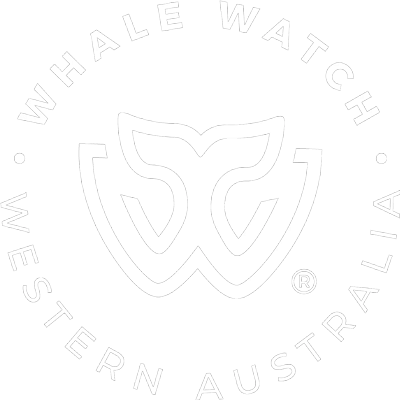Humpback Whales
The most acrobatic cetacean species for their size, the Humpback Whale
The Humpback Whale can reach 14-16 meters in length and weigh up to 45 tons. The Western Australian coastline welcomes the arrival every year of the largest Humpback Whale migration on the planet throughout our winter and spring. The migration observes many spectacular behaviours and surface activities as the whales light up our coastline with the Language of the Whales which you can learn onboard every Whale Watch Western Australia tour.
Our dedication to research can be seen onboard every tour and our Humpback Whale catalogue numbers in the thousands of individuals. During each tour we collect photo identification images to add to our ever growing catalogue to document the population. The fluke of a Humpback Whale is just like a fingerprint for each individual.
Humpback Whale Migration
The Humpback Whale migration in Western Australia is the largest in the world with over 45,000 Humpback Whales making the epic journey
Recovering from near extinction in the early nineteen sixties the Humpback Whales of Western Australia have made a truely remarkable recovery as every year we witness thousands of individuals making the epic migration from the ice of Antarctica to the heat of the Kimberly and back again. The northern migration is observed during the winter months as the whales see the peak of their breeding season during the journey towards the Kimberly region and heavily pregnant females aim for the nursery grounds in warmer tropical waters. The northbound migration is filled with intense competition pods as males compete for the females attention and curious juveniles fill their days meandering through protected bays to fill their time while learning from the adults in the population.
The change of season brings a different energy as the vast majority of females who were looking to mate earlier in the season are now pregnant and heading back south towards Antarctica. Bachelor males, juveniles and females who have recently weaned last years calves are the first to head back south. Following their lead are the three to four thousand calves that have been born this calving season and their mums who nurture their babies on the southbound journey. The complete migration will take each whale between four to six months to complete and a round journey of approximately thirteen thousand kilometres.
Tours



















